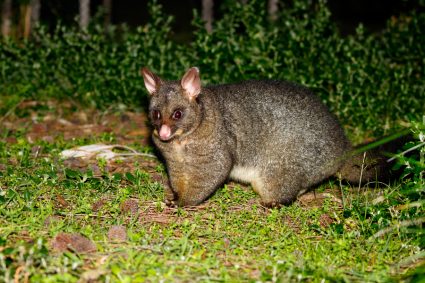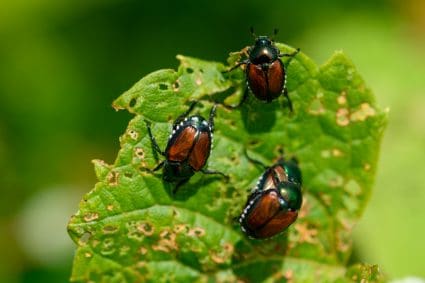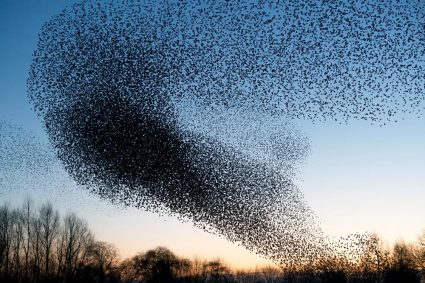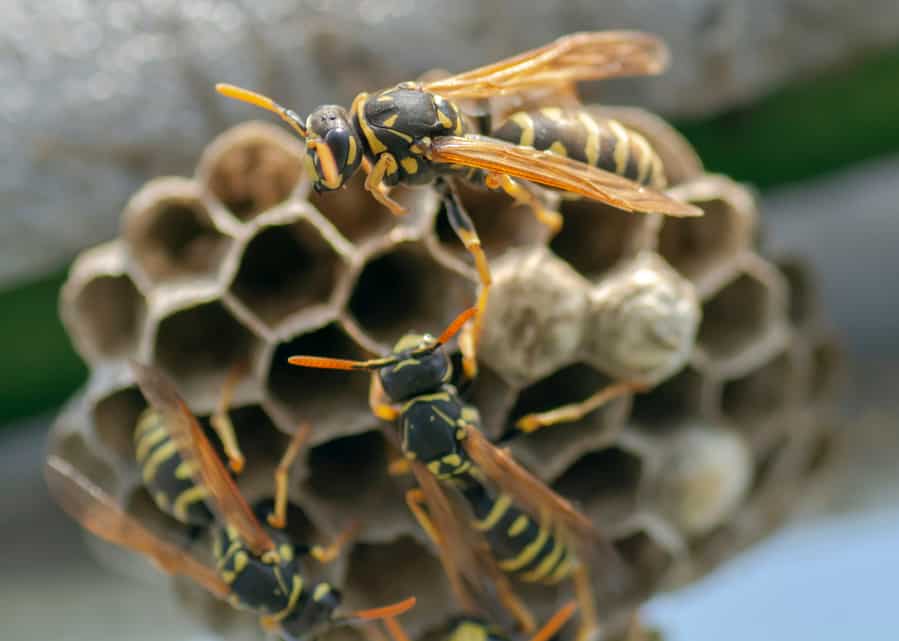
Have you ever opened a soda can and heard a loud buzzing? Upon further investigation, you may find that it’s not coming from the can itself but instead from a wasp trying to make its way out.
Wasps are among the most interesting insects in their ability to chew through various materials. From wood and paper to plastic or rubber, wasps have chewed through them all!
This article will explore the surprising things that wasps are capable of chewing and how to prevent potential damage caused by them.
Wasps are some of the most persistent and beneficial insects in the world. Wasps may be small, but they are mighty creatures.
From their unyielding stings to their remarkable flying abilities, wasps have an impressive range of skills. As a result, they can be found everywhere, from houses to forests and even inside large cities.
Wasps are not just capable of stinging us! They have incredible strength in their jaws, allowing them to break through various materials.
To avoid any significant damage, taking precautionary measures is recommended if you witness wasps on your property.
The other parts of the article will provide interesting facts about wasps and how they chew various materials. And a brief conclusion is instantly followed by frequently asked questions.
Surfaces and Items Wasp Can Chew Through
Wasps are a common sight during the warmer months of the year. But, while these flying insects play an important role in our ecosystems, many people are wary of their presence, and for a good reason: wasps can sting humans and other animals if they feel threatened.
Wasps possess powerful jaws that allow them to chew through various materials. This means that wasps can penetrate an array of surfaces.
The items in detail are mentioned below. These include:
1. Paper
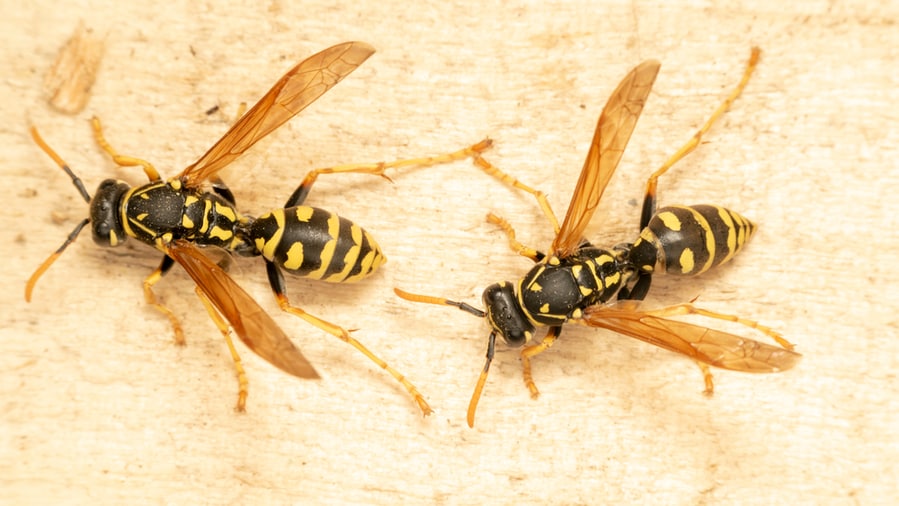
The answer is yes, though it’s an activity they engage in infrequently. For example, wasps have jaws that can break down tough material like wood and can use them to break up paper.
Wasps can fibrillate paper for a variety of reasons. For example, they may need to access resources like food or nesting materials inside paper or cardboard boxes.
Another reason could be that wasps find the chemical makeup of certain papers appealing as a potential food source or place to build their nests.
2. Plastic

Wasps can also chew through plastic, but it takes quite a lot of effort. The mouthparts of wasps are not strong enough to easily break through plastic materials like other insects.
So instead, they use their mandibles to scrape away at the surface until they create an opening that is big enough for them to enter. This process could take several minutes to hours, depending on the thickness and type of the plastic material being chewed through by the wasp.
Wasps may try to chew through plastics if there is food or a nest they want access to.
3. Plasterboard
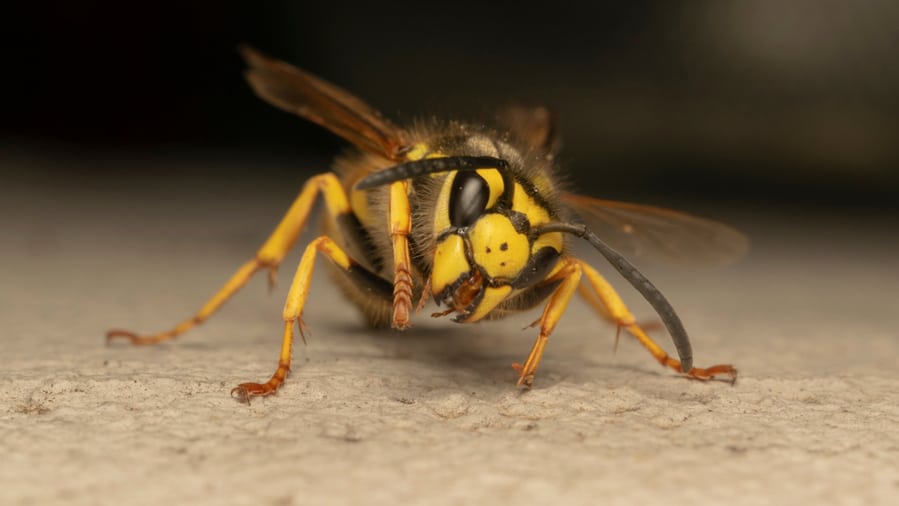
Wasps can chew through plasterboards. This is because their mandibles, which are found at the base of their heads, contain tiny ridges that act like saw blades.
With these saw-like ridges, wasps can cut into various materials, including timber, paper products, soft plastic, and plasterboard.
The good news is that wasps usually only go after softer materials, such as rotten wood or decaying fruit, for their nests. So if you have a strong plasterboard wall in your home, it won’t be chewed by a wasp anytime soon.
4. Wood
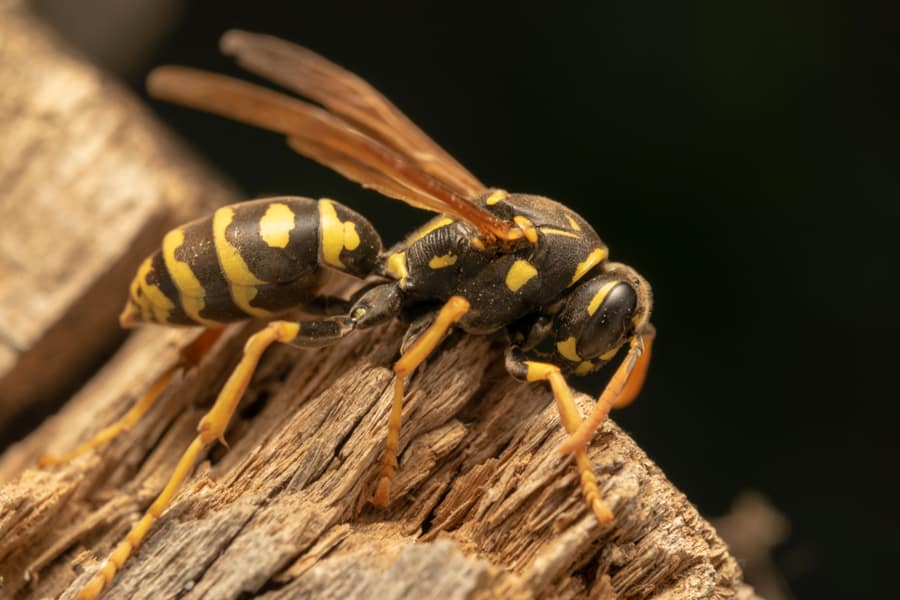
These insects can damage wood structures on your property with their powerful, strong mandibles and jaws if left unchecked. In addition, wasps have an interesting way of being able to chew through wood.
First, the material is softened by saliva produced in their mouths. This makes it easier for them to bite into the surface and gradually break off pieces of the wooden structure.
Second, wasps have sharp mandibles, which help them tear away the softened material and get through tougher surfaces such as hardwood or plywood. The result is usually small holes and caves that are extremely visible once complete.
Wasps can fit through small cracks. Wasps have slender bodies that allow them to squeeze through tight spaces. In addition, many species of wasps can compress their bodies to fit into very small openings.
The smallest opening a wasp can pass through is around 1/8 inch in width.
Wasps often use these narrow crevices to access enclosed spaces like attics or wall cavities, where they build their nest and lay eggs. Therefore, it’s important to seal off any gaps you find in your home as soon as possible.
Otherwise, a wasp may use to enter the house and create a nest inside the walls. If you find a nest already present, it’s best not to disturb it and contact professional pest control services for its removal.
Some Surfaces and Items Wasps Cannot Chew Through
Surfaces and items which wasps cannot chew through can be difficult to identify, but a few materials have been proven resistant to the powerful jaws of a wasp. Wasp can chew through surprisingly tough materials, including wood and soft plastics. However, some surfaces stand up better against their mandibles than others. Which includes;
1. Glass

While this is not common, these small insects can cause damage to glass windows and doors. The truth is that some species of wasp may be able to scratch and weaken glass with their mandibles, but none can chew their way through it.
Wasps have mandibles that allow them to bite and cut food into small pieces for consumption. Unfortunately, their mandibles cannot penetrate the glass’s hard surface, so these creatures cannot break it down or consume it.
They can, however, use their jaws to scrape away at the edges to make holes or cracks, which could weaken a window or door frame over time.
2. Stainless Steel
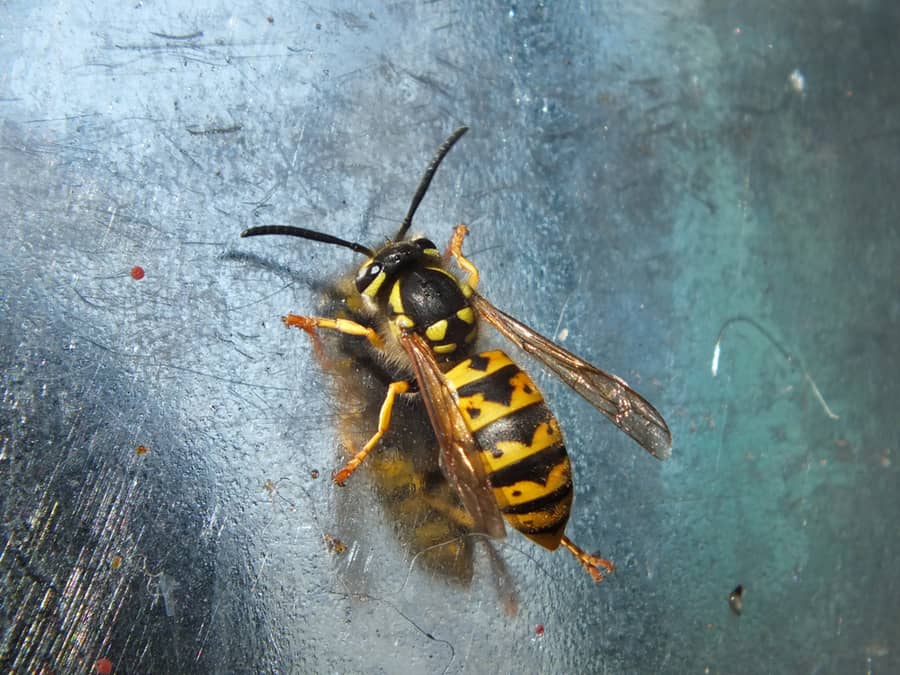
A common material used for its strength and durability in building and reinforcing structures. Depending on the type of wasps, some species can pierce through stainless steel, while most cannot.
The common species of wasps that are capable of chewing through stainless steel are the so-called ‘dirt wasps.’ These small insects have mandibles with specially-adapted serrations that allow them to easily dig into hard surfaces like metal.
3. Duct Tape

The good news is that wasps cannot chew through duct tape. But it also depends upon the type of wasp, the strength of the duct tape, and the age of the material.
Duct tape is usually made from polyethylene or vinyl-coated cloth, which makes it very difficult for them to penetrate.
However, if the wasp is determined enough, it could still find a way in by chewing around the edges of the duct tape. If this happens, consider using a more secure material such as metal mesh or window screen to keep them out permanently.
3 Effective Natural Preventative Measures To Repel Wasps
Wasps can be a nuisance around the home, but some preventative measures will help keep them away from your property. Below mentioned are some of the useful preventative measures to repel wasps from coming back again.
1. Peppermint Oil

A recent study in the Journal of Pest Management Science proves that peppermint oil may effectively repel wasps.
The study found that when peppermint oil was applied, it caused the wasps to reduce activity and avoid certain areas where the scent could be detected.
However, researchers also noted that the essential oil had a longer-lasting effect than other repellents. Therefore, more research needs to be done about its effectiveness as a pest control method.
For now, if you’re looking for an alternative way to deter wasps from your property, apply peppermint oil in areas where they might be congregating.
2. Clove-Geranium, and Lemongrass Oil

The study mentioned above found that combining three essential oils, clove, geranium, and lemongrass, can effectively repel some common pests.
The experiment conducted by researchers involved testing the combination of mosquitoes, ticks, and fleas. It was found that the mixture had a strong repellent effect on all the species.
The result of this research opens up new possibilities for eco-friendly pest management methods that are safe and successful in controlling pests such as wasps without putting human health at risk.
3. Wasp Traps
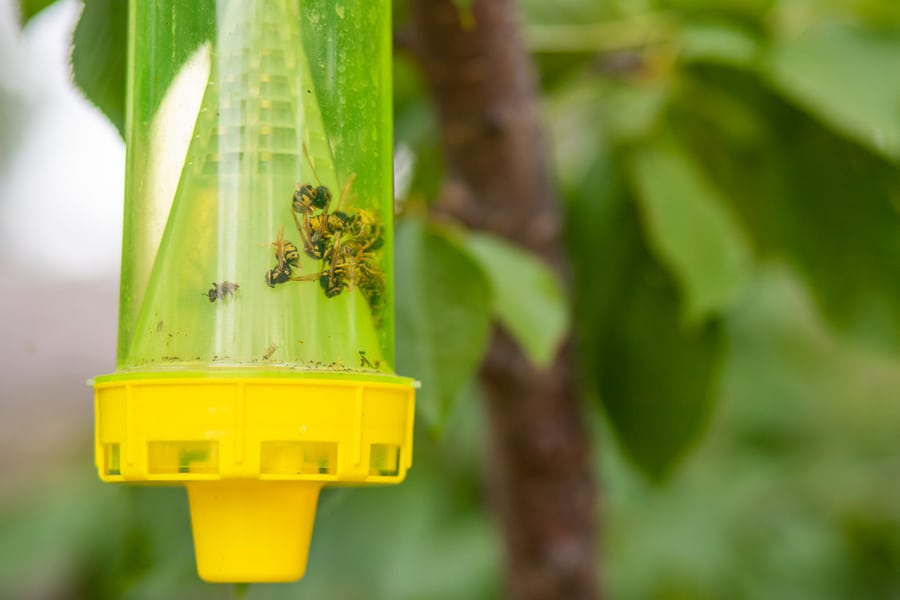
Wasp traps are a great way of controlling wasp populations near your home. The traps work by luring the insects inside a container with something they find irresistible, like sugar water. Once inside the trap, the wasps can’t escape and eventually die.
Place the homemade trap near areas where you know there are wasps; soon enough, it will be full of them! Make sure to empty and replace the solution regularly, as it will start to decompose after a while.
Conclusion
In conclusion, wasps are an incredible species with impressive adaptations and behaviors. For example, they can chew through various materials, including wood, plastic, and aluminum. This helps them build nests, find food, and protect themselves from predators.
While wasps can sometimes be a nuisance, it is important to remember their beneficial role in the environment and appreciate their unique capabilities. Learning about their fascinating characteristics can help us become better stewards of our planet.
Frequently Asked Questions
What Are the Types of Wasps?
Wasps are common in gardens, fields, and woodlands but could be of different species. Many types of wasps are found worldwide, including paper, yellow jackets, hornets, and mud daubers.
How Do I Get Rid of Wasps?
The initial step in getting rid of wasps is to identify where they are nesting so that you can determine the best way to remove them.
Once you have identified the nest, there are several methods you can use to eliminate these pesky pests. Remember to wear protective clothing when treating wasp nests!



